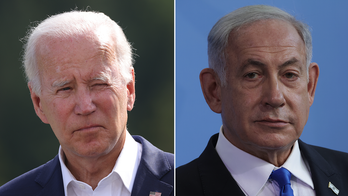WASHINGTON -- The federal government bolstered May's job report with a wave of census hiring that lifted payrolls by 431,000. But private businesses hired at their slowest pace since the start of the year, resulting in an unemployment rate that dipped to 9.7 percent as people gave up searching for work.
The Labor Department's new monthly employment snapshot, released Friday, suggested that, outside of the burst of hiring of temporary census workers by the federal government, many private employers are wary of bulking up their work forces.
That indicates the economic recovery can only plod along and won't have the energy to quickly bring relief to millions of unemployed Americans.
Virtually all the job creation in May came from the hiring of 411,000 census workers, a surge that will begin tailing off this month.
By contrast, hiring by private employers, the backbone of the economy, slowed sharply. They added just 41,000 jobs, down from 218,000 in April and the fewest since January.
Republicans quickly seized on the new report.
"The two things that are growing fastest in this Democrat economy are the size of the federal government and the crushing burden of the national debt," Senate Minority Leader Mitch McConnell, R-Ky., said in a written statement. "When America truly begins creating jobs that help our economy grow, it will be despite our government, not because of it."
"Although Americans appreciate a job of any kind these days, temporary government Census jobs are the not kind of employment that will help kick-start and sustain our economy," he said.
"This is not good news," said Rep. Dave Camp, R-Mich. "Without temporary census hirings, there were virtually no jobs created last month and it appears many Americans have again given up looking for a job."
"It is clear the so-called jobs agenda of Democrats in Washington has failed to stimulate anything other than more debt," he added.
The unemployment rate, which is derived from a separate survey than the payroll figures, fell to 9.7 percent from 9.9 percent. The dip partly reflected 322,000 people leaving the labor force for any number of reasons. The number of people saying they were employed fell, as did the number of people who said they were out of work.
All told, 15 million people were unemployed in May.
Counting people who have given up looking for work and part-timers who would prefer to be working full-time, the underemployment rate fell to 16.6 percent in May from 17.1 percent in April. Even with the drop, the figures show just how difficult it is for job-seekers to find work.




